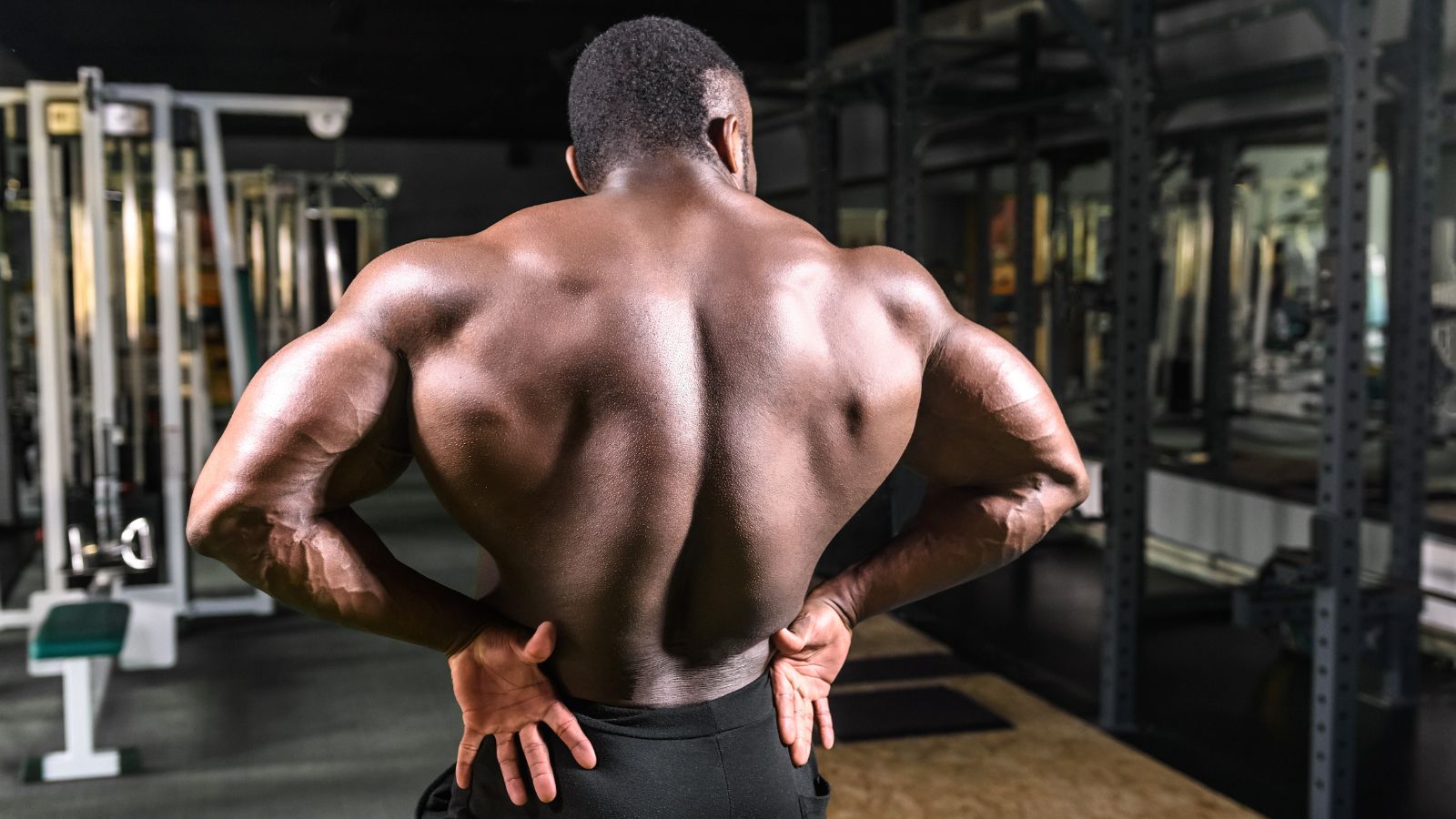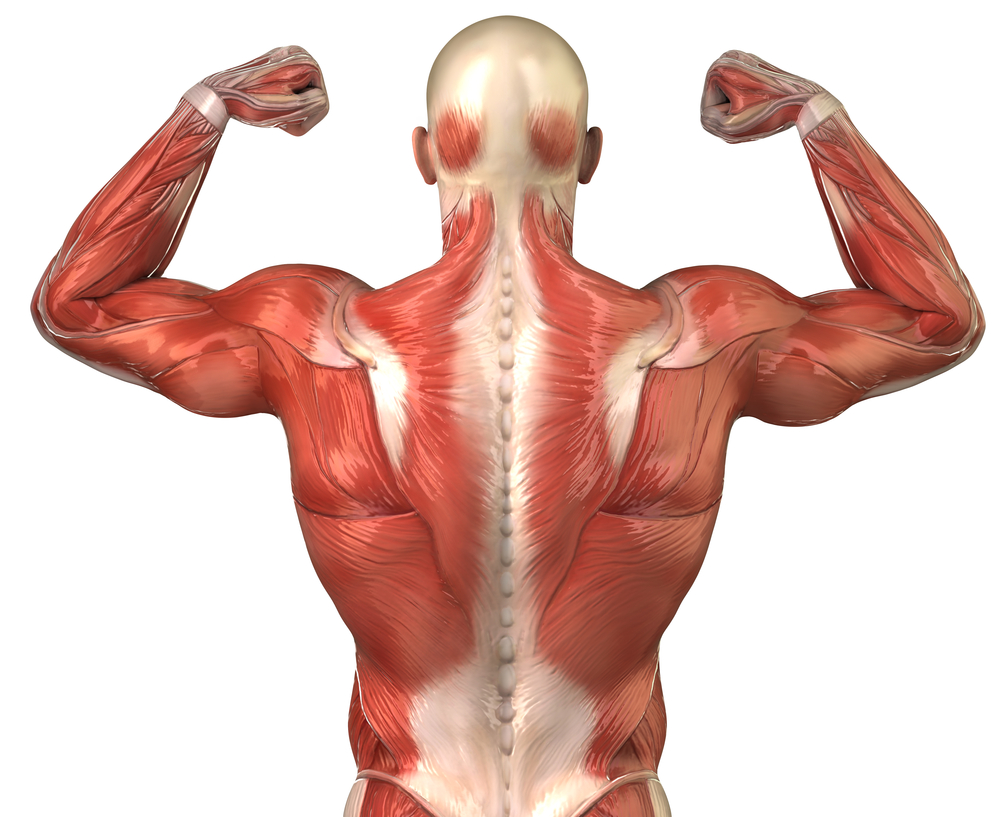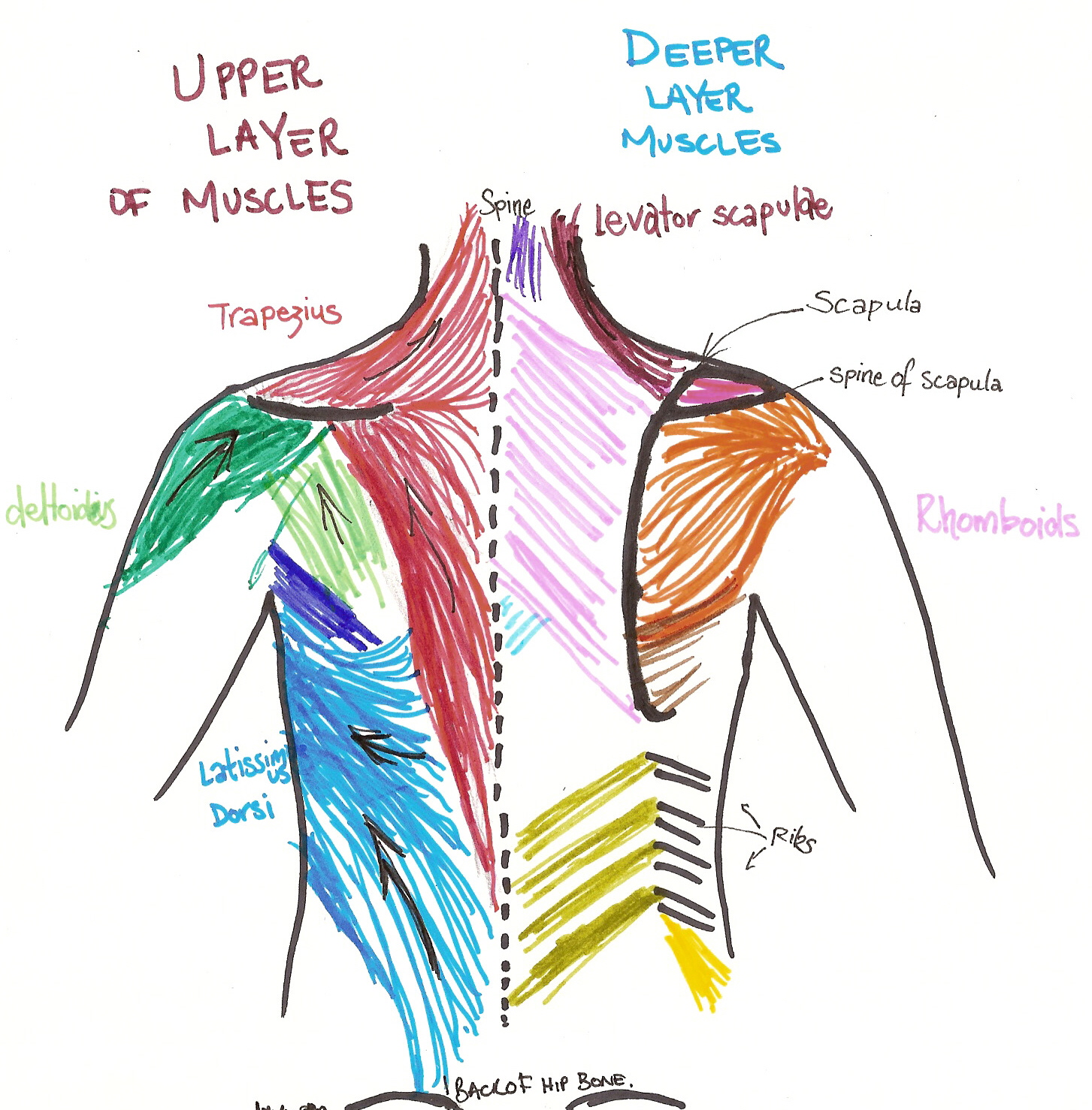A back dimple piercing, also called a dermal back piercing, is a truly eye-catching way to show off your personal flair. It's a unique type of body art that sits right in those charming indentations often found on the lower back, just above the tailbone. For many, it's a subtle yet striking addition, drawing attention to a part of the body that might otherwise go unnoticed. It’s a choice that speaks volumes without saying a word, really.
Choosing to get any body modification, especially one as distinct as a back dimple piercing, is a big decision. It's more than just picking out some pretty jewelry; it involves understanding the process, what to expect during healing, and how to keep it looking its best. There's a lot to think about, from finding the right professional to knowing how to care for your new adornment, and that's just a little bit of it.
This article will go through all the important details about back dimple piercings. We'll cover what they are, why people get them, how they're done, and perhaps most importantly, how to care for them so they heal nicely. Our goal is to give you all the information you might need to feel confident about this appealing body art choice, so you can make a well-informed decision, you know?
Table of Contents
- What Exactly is a Back Dimple Piercing?
- Why People Choose This Body Art
- Is a Back Dimple Piercing Right for You?
- The Piercing Process: What to Expect
- Healing and Aftercare for Your Back Dimple Piercing
- Common Questions About Back Dimple Piercings (FAQ)
- The Latest Trends in Back Dimple Piercings
- Conclusion
What Exactly is a Back Dimple Piercing?
A back dimple piercing is a kind of surface piercing, which means it sits on a flat part of the body rather than going straight through a fold of skin like an earlobe piercing. It's placed specifically in the indentations that some people have on their lower back, often called "Dimples of Venus" or "sacral dimples." These are natural formations, and they make a pretty spot for this kind of body art, you know?
Anatomy and Placement
The dimples on your lower back are actually where ligaments connect your pelvis to your skin. They're typically found on either side of the spine, just above the buttocks. When someone gets a back dimple piercing, the goal is to have the jewelry sit neatly within these natural depressions, making them stand out even more. It's a precise placement, requiring a skilled hand to make sure it looks just right and feels comfortable, so.
Knowing about the specific area for back dimple piercings, like how we learn about parts of the back for health reasons, can be quite helpful. This understanding helps you visualize where the jewelry will sit and how it might interact with your movements. It's a very particular spot, which makes the piercing quite unique, too.
The Dermal Difference
Unlike traditional piercings that have an entry and exit point, back dimple piercings are usually done as "dermal piercings" or "microdermals." This means a small anchor is placed just under the skin, with a decorative top that screws into it, sitting flush on the surface. This method is used because the lower back area doesn't have a lot of excess skin to create a traditional piercing channel. It's a pretty clever way to put jewelry in places that wouldn't normally allow it, in a way.
This dermal approach is what allows for that sleek, almost "floating" look of the jewelry on the skin. It's also why the care for these piercings can be a little different from, say, an ear piercing. Understanding this distinction is pretty important for both the initial procedure and the long-term upkeep, that is.
Why People Choose This Body Art
There are a few key reasons why someone might decide to get a back dimple piercing. It's not just about following a trend; for many, it's a very personal choice, you see.
Aesthetic Appeal
One of the biggest draws is simply how they look. Back dimple piercings are often seen as very elegant and subtle. They can enhance the natural curves of the lower back, drawing attention to an area that's considered attractive by many. The small, often sparkling jewelry can add a touch of glamour or intrigue, especially when wearing clothing that exposes the lower back, like a swimsuit or certain tops. It's a rather pretty accent, for sure.
The placement itself is quite unique, setting it apart from more common piercings. This distinctiveness makes it appealing to those who want something a little different, something that isn't seen on everyone. It's a subtle statement piece, if you will, very much a personal touch.
Personal Expression
Like all body modifications, back dimple piercings offer a way for individuals to express their identity and creativity. It's a form of self-adornment that allows someone to customize their body and showcase their style. For some, it might represent a milestone, a new chapter, or simply a love for unique aesthetics. It's a very personal form of art, you know, a way to tell a story without words, in some respects.
The choice of jewelry also plays a big part in this expression. From simple, classic studs to more elaborate designs with gems or unique shapes, there are many options to reflect an individual's taste. This freedom of choice makes the piercing even more personal, pretty much allowing for endless possibilities, apparently.
Is a Back Dimple Piercing Right for You?
Before getting any piercing, it's wise to consider if it truly fits your lifestyle and expectations. A back dimple piercing, being a surface piercing, has its own set of considerations, too.
Considering the Commitment
These piercings aren't always permanent. Unlike a traditional earlobe piercing that can stay in for decades with minimal fuss, dermal piercings have a higher chance of rejection or migration over time. This means your body might push the jewelry out, or it might shift from its original position. It's a commitment that might not last forever, which is something to keep in mind, you know.
Healing time can also be quite long, often several months, and sometimes even up to a year for full stability. During this period, you'll need to be diligent with aftercare and mindful of your movements. It's a bit like a long-term project, really, requiring patience and consistent effort, that is.
Health and Lifestyle Factors
Your overall health plays a role in how well a piercing heals. If you have certain medical conditions, especially those affecting your immune system or skin, a piercing might not be the best idea. For instance, just as understanding the cause of back pain helps find relief, knowing about your body's healing capabilities can help prevent issues with a piercing. Conditions like osteoporosis, where bone mineral density changes, aren't directly related to piercing, but they highlight how internal body health can affect external healing processes, so.
Your lifestyle also matters. Do you wear tight clothing that might rub against the area? Do you participate in activities that involve a lot of bending, twisting, or pressure on your lower back? Activities like certain sports or even prolonged sitting can irritate a fresh piercing. It's important to think about how your daily routine might impact the healing process, pretty much.
The Piercing Process: What to Expect
Getting a back dimple piercing should always be done by a professional. This isn't something to try at home or with someone who isn't properly trained, you know.
Finding a Reputable Piercer
This is arguably the most crucial step. A good piercer will have extensive experience with dermal piercings, work in a clean, sterile environment, and use high-quality, body-safe jewelry. They should be happy to answer all your questions, explain the process thoroughly, and show you their sterilization procedures. You can often find reviews online or ask for recommendations from people you trust who have similar piercings. It's very much like finding a trusted doctor; you want someone skilled and reliable, that is.
Just as medical professionals use various tools to help diagnose the possible cause for your back pain, which helps determine the best treatment plan, a good piercer uses their skills to ensure a proper piercing and advise on aftercare. They'll also assess your anatomy to see if you're a good candidate for this specific type of piercing, which is pretty important.
The Procedure Itself
Once you've chosen a piercer, they'll mark the exact spots for the piercings. The area will be thoroughly cleaned. For a dermal piercing, a small pocket is created under the skin using a specialized tool, and then the dermal anchor is inserted. The decorative top is then screwed into the anchor. It's a quick process, but it requires precision and a steady hand. You might feel a sharp pinch, but it's usually over very fast, so.
Managing Discomfort
Many people worry about the pain involved. Discomfort with a new piercing is a bit like how many people experience some sort of back ache; it's often a temporary thing. The initial pinch is usually brief. Afterward, you might feel some soreness, tenderness, or a dull ache for a few days, which is perfectly normal. This is your body's natural response to the minor trauma. Over-the-counter pain relievers can help manage this initial discomfort, you know.
Just as determining the cause can help you find relief and prevent future pain when it comes to back issues, understanding that initial piercing discomfort is part of the healing process can help you feel more at ease. It's a temporary phase, and knowing what to expect can make it much easier to handle, pretty much.
Healing and Aftercare for Your Back Dimple Piercing
Proper aftercare is absolutely essential for the successful healing of your back dimple piercing. Neglecting it can lead to complications, that is.
Initial Healing Phase
For the first few weeks, your piercing will be quite delicate. Your piercer will give you specific instructions, but generally, this involves cleaning the area with a saline solution two to three times a day. You should avoid touching the piercing with unwashed hands, and try not to let clothing or anything else rub against it. Moving gently and being mindful of your back, much like certain exercises, can protect a fresh piercing. This helps prevent irritation and allows the skin to settle around the anchor. It's a very important time for establishing good healing, so.
Long-Term Care Tips
Even after the initial healing, continued care is important. Keep the area clean, especially after sweating or exercise. Be careful with towels, loofahs, and clothing that might snag the jewelry. Some people find it helpful to put a small, breathable bandage over the piercing during activities that might cause friction, like sleeping or intense workouts. This can offer a bit of protection, you know.
Remember, just as many factors may cause different types of back pain, many factors influence how a piercing heals. Things like your diet, hydration, and overall health can all play a part. Taking care of your body as a whole helps your piercing heal better, too.
Spotting Potential Issues
It's important to be aware of signs that something might be wrong. Redness, excessive swelling, persistent pain, warmth around the piercing, or discharge that isn't clear fluid could indicate an infection. If you notice any of these, it's best to contact your piercer or a healthcare provider right away. Figuring out what might be bothering your piercing, much like finding the cause of back pain, can help you feel better and keep future problems away. Early detection of issues is key to preventing bigger problems, so.
Learn more about piercing aftercare on our site, and for more specific advice, you can always refer to guidelines from a trusted source like the Association of Professional Piercers.
Common Questions About Back Dimple Piercings (FAQ)
People often have similar questions when considering a back dimple piercing. Here are some common ones, you know.
Do back dimple piercings hurt?
The sensation during the actual piercing is usually described as a sharp pinch or pressure, which is very brief. Afterward, you might experience some soreness or a dull ache for a few days, similar to a bruise. Pain tolerance varies greatly from person to person, but most find it manageable. It's generally not considered one of the most painful piercings, in a way.
How long do back dimple piercings last?
Unlike traditional piercings that can last a lifetime, dermal piercings like those in the back dimples have a higher chance of rejection or migration. They can last anywhere from a few months to several years, depending on individual body chemistry, placement, and care. Some people keep theirs for a very long time, while others might find their body pushes them out sooner. It's a bit unpredictable, honestly.
Are back dimple piercings safe?
When performed by a highly experienced and reputable piercer in a sterile environment, back dimple piercings are generally considered safe. However, like any body modification, there are risks, including infection, rejection, migration, or scarring. Following proper aftercare instructions significantly reduces these risks. Choosing a skilled professional is the best way to ensure safety, pretty much.
The Latest Trends in Back Dimple Piercings
Back dimple piercings have seen a steady rise in popularity, especially with social media making unique body art more visible. Current trends show a preference for minimalist jewelry, like small, flat discs or tiny sparkling gems, which really highlight the natural dimple. Gold and rose gold tones are also quite popular, adding a warm, elegant touch to the look. People are often pairing them with other subtle body modifications, creating a cohesive and understated aesthetic, so.
There's also a growing interest in using different colored stones to match outfits or personal preferences, making the piercing even more of a fashion statement. This focus on delicate and personalized jewelry reflects a broader trend in body modification towards more refined and integrated designs. It's very much about enhancing natural features rather than making a loud statement, which is a pretty cool shift, you know?
For more ideas and inspiration, you can always check out our gallery of unique body art.
Conclusion
Back dimple piercings offer a truly beautiful and distinctive way to adorn your body. They're a subtle yet striking form of self-expression, drawing attention to a naturally appealing part of the lower back. While they require careful consideration, particularly regarding proper placement and diligent aftercare, the results can be incredibly rewarding. Remember, choosing a skilled professional and committing to the healing process are key steps for a successful outcome. If you're thinking about getting one, take your time, do your research, and get ready to enjoy a unique piece of body art that truly reflects you.



Detail Author:
- Name : Adelia Luettgen
- Username : savanah.goyette
- Email : aufderhar.coy@yahoo.com
- Birthdate : 1975-10-28
- Address : 36803 Dicki Ford Suite 858 Tatyanaside, KY 48221-1089
- Phone : (817) 783-4821
- Company : Bechtelar, Wyman and Runte
- Job : Engineer
- Bio : Enim soluta cum et ducimus. Qui nostrum in autem pariatur dolorem quo. Doloribus eligendi iure qui molestiae.
Socials
twitter:
- url : https://twitter.com/uriahyost
- username : uriahyost
- bio : Aut fugit animi ab dicta fugit. Voluptate occaecati nam aut esse amet.
- followers : 2503
- following : 749
facebook:
- url : https://facebook.com/uriah.yost
- username : uriah.yost
- bio : Sunt accusamus vero inventore ut inventore voluptas qui.
- followers : 2818
- following : 490
linkedin:
- url : https://linkedin.com/in/uriahyost
- username : uriahyost
- bio : Qui ipsam qui voluptates quisquam aut quia.
- followers : 4342
- following : 1305



























